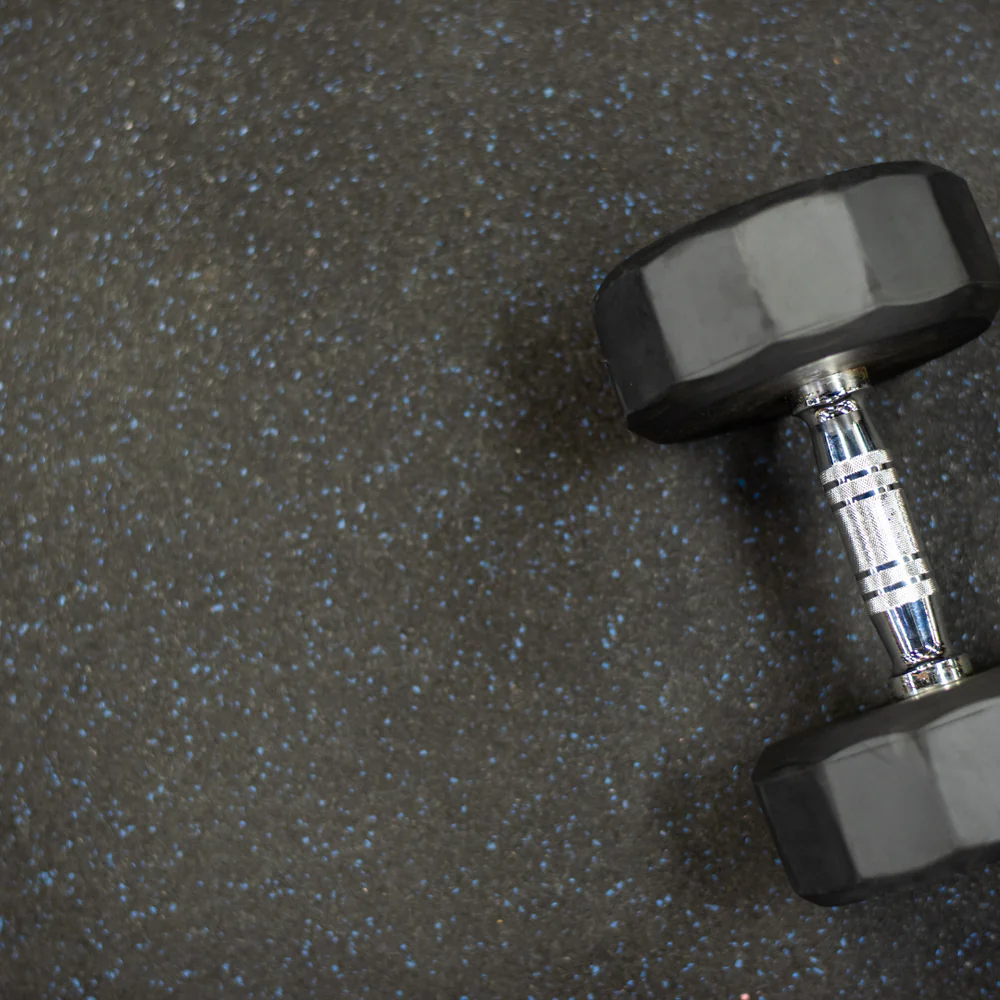Choosing Commercial Gym Equipment for a Perfect Gym
Selecting the right commercial gym equipment is crucial for creating a successful fitness facility. Whether you're opening a new gym or upgrading an existing one, making informed decisions about equipment is essential to attract members, retain them, and ensure their satisfaction. Here's a comprehensive guide on how to choose commercial gym equipment for a perfect gym:

1. Understand Your Target Audience:
- Before purchasing any equipment, understand your target demographic. Different age groups and fitness levels require different types of equipment.
- Conduct market research or surveys to determine the preferences and fitness goals of your potential members.
- Consider factors such as cardio equipment for weight loss, strength training machines for muscle building, and functional training equipment for overall fitness.
2. Assess Available Space:
- Evaluate the available space in your gym to determine the types and quantities of equipment you can accommodate.
- Consider the layout and flow of the gym to ensure there's enough space between machines for safe and comfortable workouts.
- Opt for versatile equipment that can serve multiple purposes if space is limited.
3. Quality and Durability:
- Invest in high-quality, commercial-grade equipment that can withstand heavy usage and last for years.
- Research reputable brands are known for manufacturing durable and reliable gym equipment.
- Check warranty options and after-sales support to ensure you can address any issues promptly.
4. Variety of Equipment:
- Offer a diverse range of equipment to cater to different fitness needs and preferences.
- Include cardio machines such as treadmills, elliptical trainers, stationary bikes, and rowing machines.
- Incorporate strength training equipment like free weights, weight machines, and functional trainers.
- Don't overlook accessories such as stability balls, resistance bands, and yoga mats to accommodate various workout routines.
5. Ergonomics and User-Friendliness:
- Choose equipment that is ergonomic and user-friendly to enhance the workout experience for your members.
- Ensure adjustable settings and proper biomechanics to accommodate users of different sizes and abilities.
- Pay attention to comfort features such as cushioning, grip handles, and seat adjustments.
6. Safety Features:
- Prioritize safety by selecting equipment with built-in safety features and mechanisms.
- Look for features like emergency stop buttons, safety locks, and easy-to-read instructional labels.
- Provide clear guidelines and instructions for using equipment safely to minimize the risk of injuries.
7. Maintenance Requirements:
- Consider the maintenance needs of the equipment to keep it in optimal condition.
- Choose equipment with simple maintenance routines and accessible parts for easy repairs.
- Establish a regular maintenance schedule and train staff to conduct inspections and servicing as needed.
8. Budget Considerations:
- Determine your budget allocation for purchasing gym equipment and prioritize essential items.
- Balance quality and affordability to get the best value for your investment.
- Explore financing options or leasing agreements to spread out the cost over time if necessary.
9. Test Equipment Before Purchase:
- Whenever possible, test equipment before making a purchase to evaluate its performance and user experience.
- Invite fitness professionals or experienced users to provide feedback on the equipment's functionality and suitability.
- Consider renting or leasing equipment for a trial period before committing to a large investment.
10. Stay Updated with Trends:
- Stay informed about the latest trends and innovations in gym equipment to keep your facility competitive.
- Incorporate new technologies such as interactive screens, virtual reality workouts, and smart fitness tracking features.
- Adapt your equipment selection to reflect emerging fitness trends and consumer preferences.
In conclusion, choosing commercial gym equipment for a perfect gym involves careful consideration of factors such as target audience, space constraints, quality, variety, ergonomics, safety, maintenance, budget, and trends. By following these guidelines and making informed decisions, you can create a welcoming and effective fitness environment that meets the needs of your members and helps them achieve their fitness goals.

Comments
Post a Comment